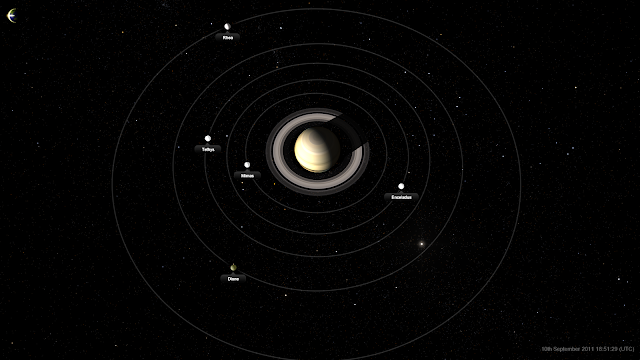While working on improving the accuracy of planets we had in Earthsim, we decided to start bringing up the fractal planet generator.
Fractal PlanetsThe fractal noise that is automatically generated gives the planet code a really good workout. The green planet in this video has very exaggerated mountains that show up any technical issues we have remaining in the terrain system, so we can see them to fix them.
Earthsim planets use a plug-in system to make it very easy to add all sorts of terrain features to a planet. Crater generators and even erosion can be simulated in these plug-ins and then added to a planet.
All the planet plug-ins run multi-threaded and can utilise the GPU, it would even be possible to run them over a p2p network so for very complex simulations of planets many users could work together on visualising them in real time.
When we are happy with this system, we will open-source the plug-ins so anyone who is code enabled can write their own planet generators.
Colour surface generators are similar to terrain height generators. We have some simple rules like those in Terragen for adding colours to a surface. These can also be used to extrapolate colours in a texture map for an existing 'real' planet such as the Earth, Moon or Mars.
In later updates of Earthsim all the rocks in space as well as the planets are going to be made using this same system, so you should be able to zoom into them almost forever.
Tools For Earthsim Users
Our plan is to expose more such 'edit' features in the Earthsim product itself so subscribers can tweak the high level rules that make a planet. You will be able to make planets within 'physically accurate' rules or drop those limits and go to the boundaries of the rendering system.
In this regard we have been giving the UI system a bit of an overhaul. Beta 2 of Earthsim will feature the new UI system as well as the beginnings of some tools to let you edit your own planets around distant stars.
Earthsim as a Wiki
Once you have made a change to Earthsim locally, you may want to start sharing your version of 'reality' with other users.
Our plan here is to follow a model similar to Wikipedia and let subscribers submit their changes. We have a few more exciting ideas along this route that we are experimenting with right now. I will post about them here once they are finalised.
Latest On Shadows
Dave also just fixed one more shadow glitch, so things are 'almost' rock solid there now. I thought I would do one more quick video of the improvements. It also shows some really nice interactions with the thicker atmosphere down in the valleys of Mars.







